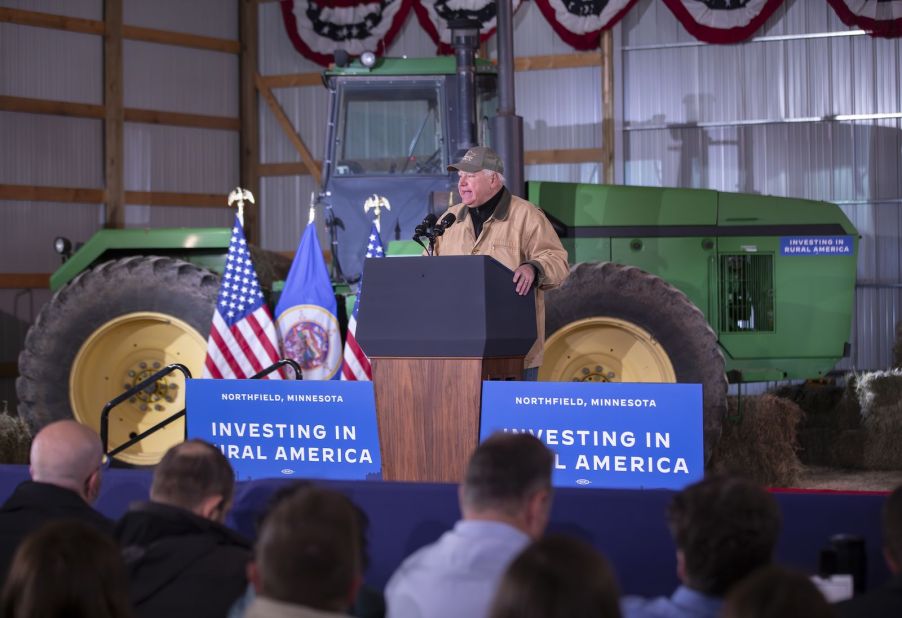
Here Are the EV Policies Governor Tim Walz Championed in Minnesota
Tim Walz has served as the governor of Minnesota since 2019, after serving as its congressman for 12 years. Immediately after Governor Walz was elected, the Minnesota Pollution Control Agency proposed the “Clean Cars Minnesota” standards. Governor Walz signed the plan into law in 2021 and in early 2023, a Minnesota appeals court denied the Minnesota Auto Dealer’s Association’s challenge of the plan. Here’s how the rules work.
States–and the governors who run them–have surprisingly limited choices in local emissions standards. California lobbied for a special loophole allowing it to set its own emissions standards. This made sense as Los Angeles’ smog problem proved nationwide standards don’t work for every climate and across every population density. Today, states may choose between the federal emissions standards (some of the most permissive in the developed world), or California’s emissions standards (which are among the tightest).
Thirteen states and Washington D.C. follow some or all of California’s standards. Recently, Colorado’s legislature voted to pass some of California’s laws but voted down others. It didn’t change the wording of any of them. But more on that later.
There are two major aspects of California’s Clean Cars Program affecting the vehicle you can buy. The first limits the tailpipe emissions of brand new vehicles. These limits will grow stricter every few years, with the government already warning automakers what benchmarks they must hit. The second major aspect dictates what percentage of new vehicles on dealership lots must be zero emissions EVs.
By 2025, 1/4 of the vehicles on California dealership lots must be EVs. By 2028, that number is up to 51%. By 2030 it must be 68%. In 2032 it must be 82%. California wants 100% of vehicles that dealerships sell to be EVs by 2035.
What’s interesting about Colorado is it didn’t pass the 2035 dealership guideline. So after 2032, 82% of the new vehicles on dealership lots must be EVs. But Colorado buyers will be able to choose or special order internal combustion vehicles until Colorado passes a different law.
According to MinnPost, Minnesota’s Clean Cars Program is identical to California’s. Obviously, the Minnesota Auto Dealer’s Association is concerned. Like many dealership associations, it may be worried it will spend money stocking vehicles it can’t sell, retraining technicians, or installing expensive chargers. In its lawsuit, it argued that Governor Walz’s Pollution Control Agency overstepped its regulatory authority. And that Minnesota “delegated authority to another state” by adopting California’s rules. But the Minnesota Court of Appeals upheld Walz’s “Clean Cars” plan.
Governor Walz followed up this plan by announcing a $200 million grant to cut climate pollution from Minnesota’s food systems. The grant’s goals are to convert to electric vehicles to produce and transport food, support “climate-smart” farming practices, transition to environmentally-friendly refrigerants, reduce food waste, and coordinate with tribal governments to improve food security.
“Minnesota has consistently been a leader in climate solutions…From clean energy to sustainable agriculture, our climate goals are ensuring a healthier, safer state. Today, we’re celebrating another significant milestone in this journey. With the EPA’s help, we are creating a food system that nourishes Minnesotans while reducing waste and climate pollution.”
Governor Tim Walz



